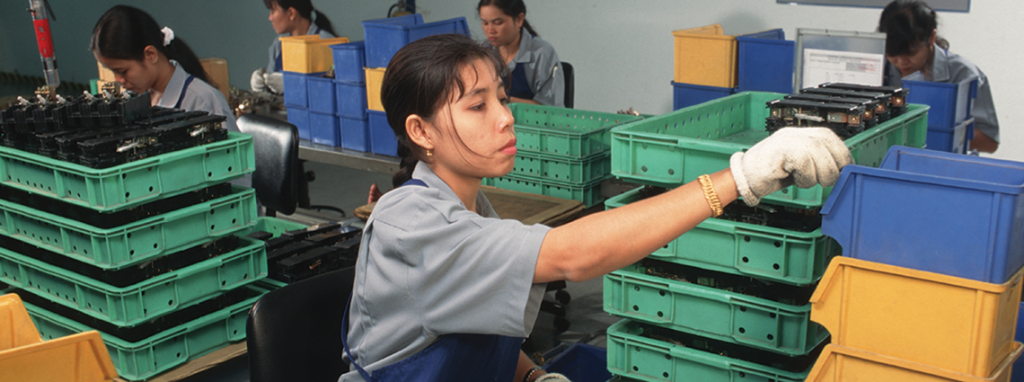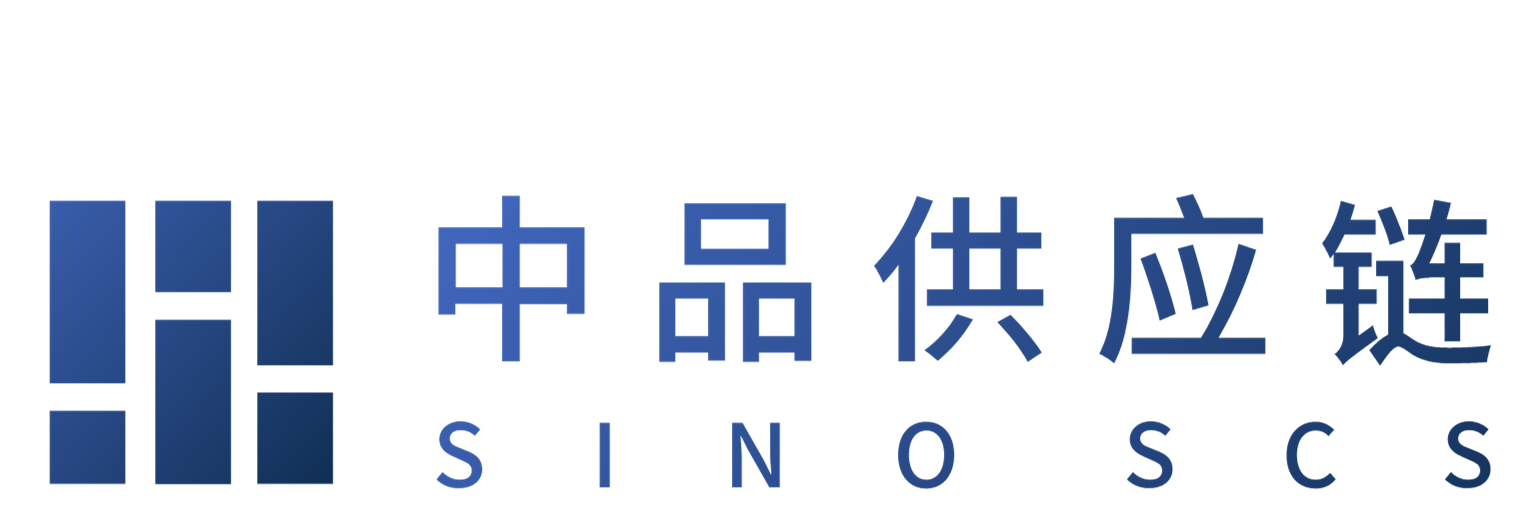How Schneider Electric caused a ripple effect of positive procurement

Scope 3 emissions, while one of the most pressing issues for procurement, are also one of the most challenging. Perhaps because they sit outside of the organisation and therefore its control.
It can help to remember that Scope 3 is just your suppliers’ Scope 1 and 2, so make them responsible for their own emissions but – and here’s the clincher – share your tools and expertise to help deliver the desired results. This was how Schneider Electric approached the issue, in a project that saw it win the CIPS Excellence in Procurement Award 2022 for Best Sustainability Project.
France-based Schneider Electric (SE) specialises in energy management, manufacturing power distribution and conservation technologies, as well as monitoring equipment for industry to work as efficiently as possible while balancing function and economy. Who better placed then to shift focus to downstream, helping suppliers build an environment of oversight and control management?
Heavy industry relies on fossil fuels, and the move away is not a simple process. With 80-90% of all emissions sitting in the Scope 3 category, SE wanted to work with its partners – not to force change, but to jointly reduce their greenhouse gas emissions in a way that would impact the wider industry for the long term. But though motivation was tangible within the company, SE would come up against multiple hurdles, including a lack of knowledge and interest.
Making suppliers responsible
The first step was to lay out and formalise expectations – both internally and externally. SE declared its pledge to operate a net-zero carbon-emission supply chain by 2050 and launched the zero carbon project. While the project set out to help suppliers achieve a 70% reduction in emissions for their operations, it would result in a predicted cumulative reduction of Schneider’s own operational emissions by 50% by 2025. Highly ambitious for a short-term goal.
SE invited 1,000 of its top global suppliers to join the zero carbon project, working with its executive leadership to initiate a vast collaborative effort. Suppliers were asked to quantify their carbon emissions, adopt significant reduction targets and implement the actions agreed to achieve those targets.
Once onboarded, firms underwent a carbon maturity survey to establish where each one was on the carbon journey. At this point it became apparent that 70% had not started any work on this to date. Next, SE deployed a supplier support framework consisting of four pillars: training, resources, site visits and incentives.
The firm chose to avoid a standardised approach to training, and instead matched customised training events pitched at different levels to participants’ knowledge and needs. The programme included eight technical training sessions (in English or Mandarin) on understanding decarbonisation, the impact of climate change and effective levers for change, with lessons learned from the company’s own journey.
More detailed sessions followed to build more technical capabilities, such calculating greenhouse gas emissions, governance, boundary setting, scoping, data collection and emission factors.
They also held one-to-one events with suppliers to address specific questions and challenges, plus the chance to attend peer learning groups to share knowledge and tips with leaders who may be more advanced along the programme and can share insights.
In addition to the variety of training support, SE created a self-help web portal providing access to training resources and thought leadership 24/7; plus expert advice in the form of visits to forward-thinking sites. The final pillar is establishing how the firm will reward and incentivise progress along the way. The global nature of the suppliers made it important to set up regional incentives that take into account different legislation and government initiatives in individual countries, as well as opportunities for investment and green financing solutions.
Overcoming resistance
As with any new programme, change management was a key consideration. And while the company offered transparency, sharing lessons from its own Scope 1 and 2 programme, it would take time to encourage new ways of thinking among suppliers, especially as that involved 1,000 companies based in different regions and sectors.
Here relationships with the executive teams played a crucial part, with company CEOs encouraged to cascade knowledge, techniques and motivation to their workers.
Finally, reliance on data was an unexpected sticking point. While data is an excellent tool for insight and measurement, not all firms are accustomed to the required amount of data gathering or interpretation, or may not have had the capability.
So to simplify the process, SE developed a standardised system on its web portal, where companies could collate data in the same way and interrogate it using the same analysis tools. With predefined rules and systems in place, suppliers were relieved of the IT burden and could benefit from a shared analysis process.
Reaching the masses
In less than one year, around 40% of Schneider Electric’s suppliers have recorded an average carbon emissions reduction of 4%. The zero carbon project also produced a significant multiplier effect as these 700 companies with no previous carbon awareness now have robust programmes under way, putting emissions reduction targets on to their own supply chains, enrolling more and more organisations into the mass decarbonisation of industries.
For SE, it believes the real success (in addition to the results achieved) lies in helping hundreds of suppliers to recognise the climate impact of their operations as a key performance area.
SE said: “The biggest learning is that no ambition is too big. In the early stages embarking on a journey with 1,000 suppliers, building their capacities was considered a major challenge, but with dedicated, empathic planning and structured implementation we were successful in going beyond the committed targets.”
“Another learning we incorporated is that with the right management approach and subject matter support, procurement can be a very successful ambassador of sustainability for suppliers. And lastly, the most important lesson is that procurement is the most critical department in an organisation, when it comes to impact on sustainability due to the massive multiplier effect. Procurement through suppliers is responsible for millions of employees, tons of materials and thousands of suppliers. It is their duty to act responsibly.”

